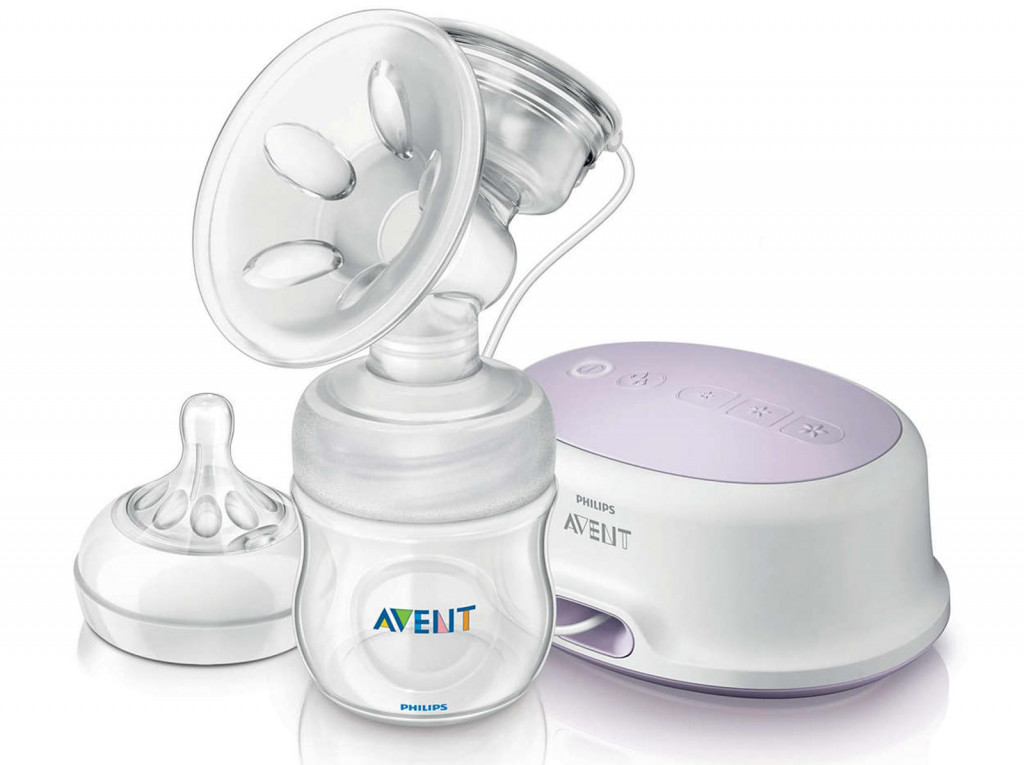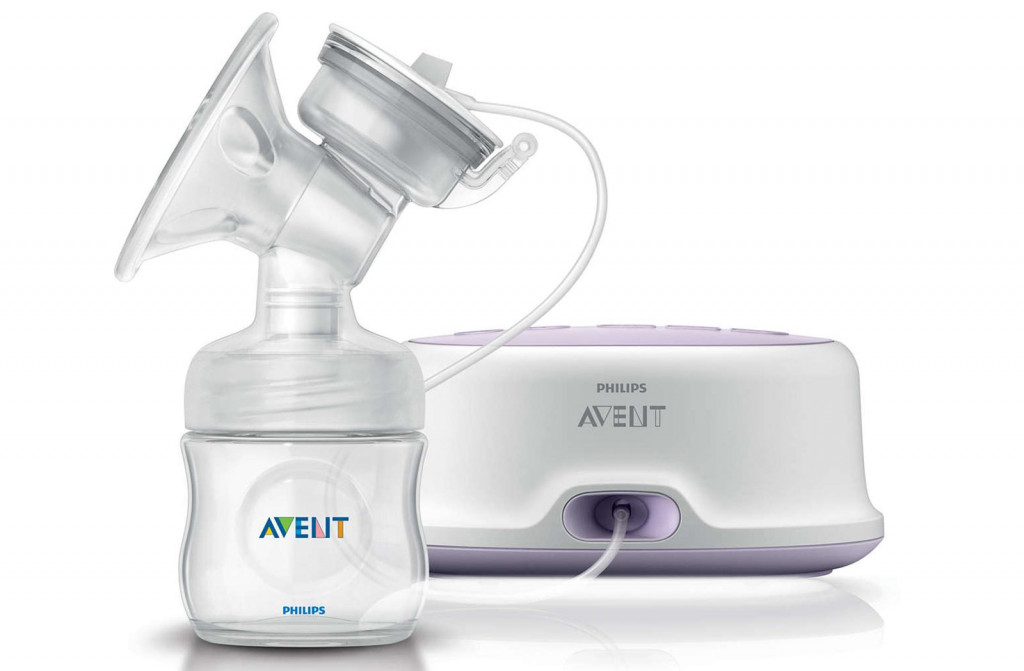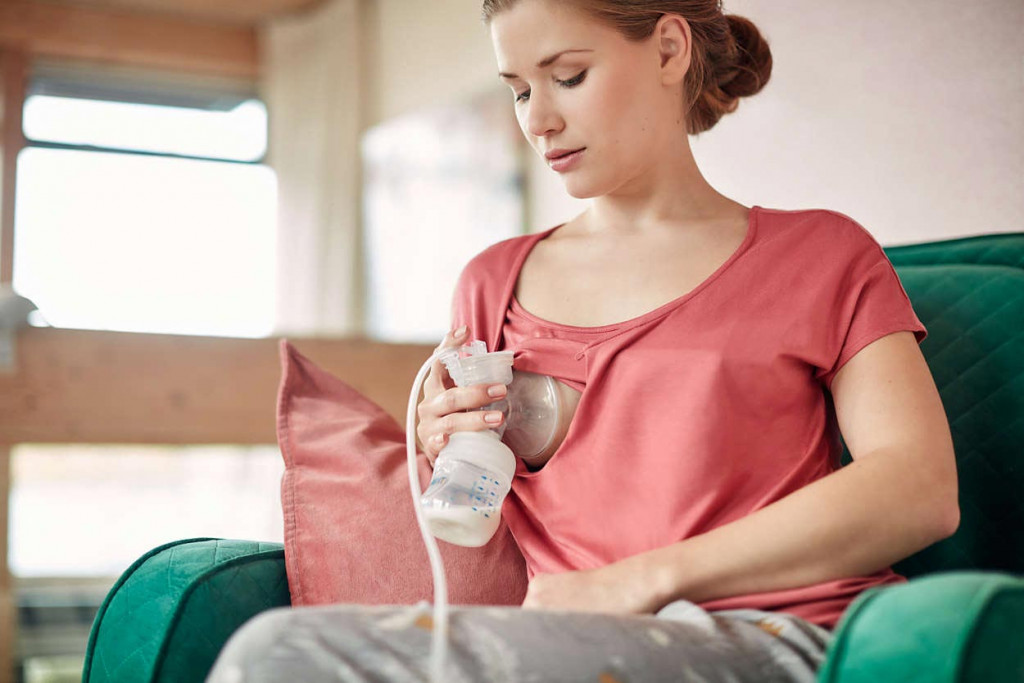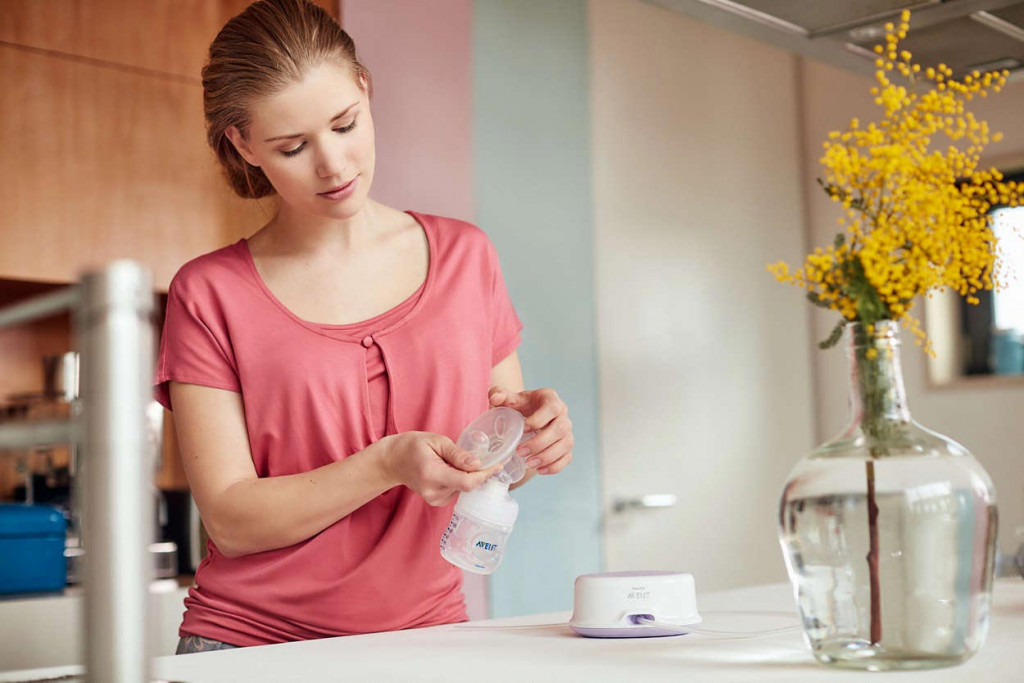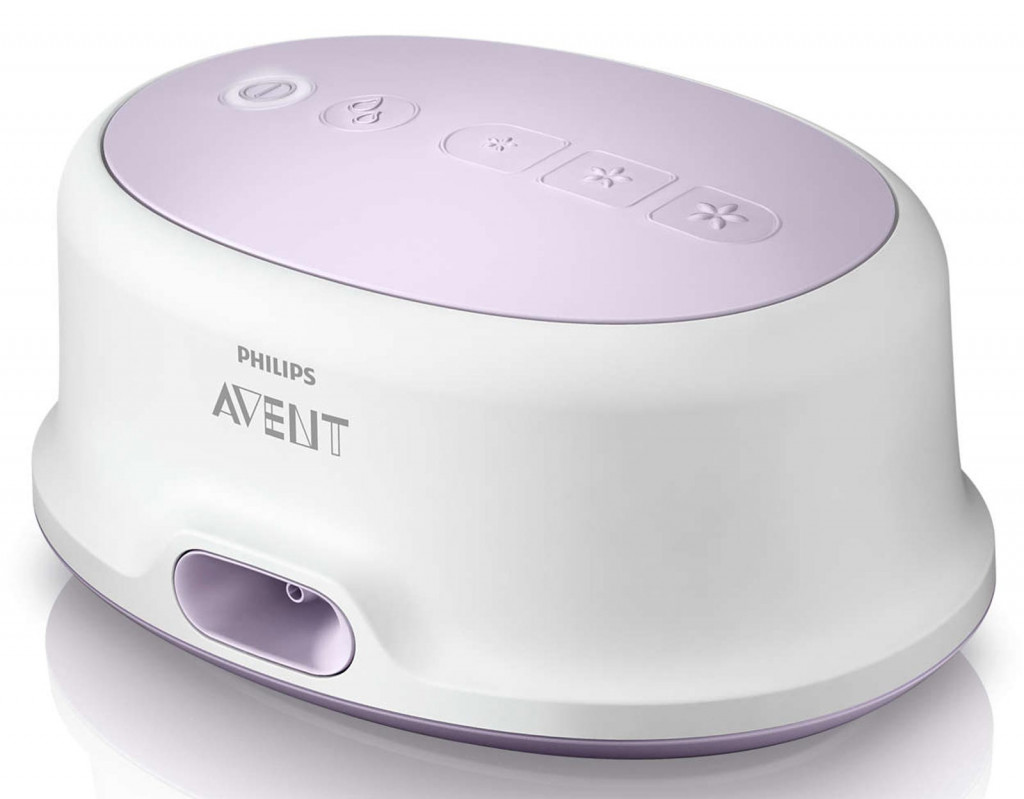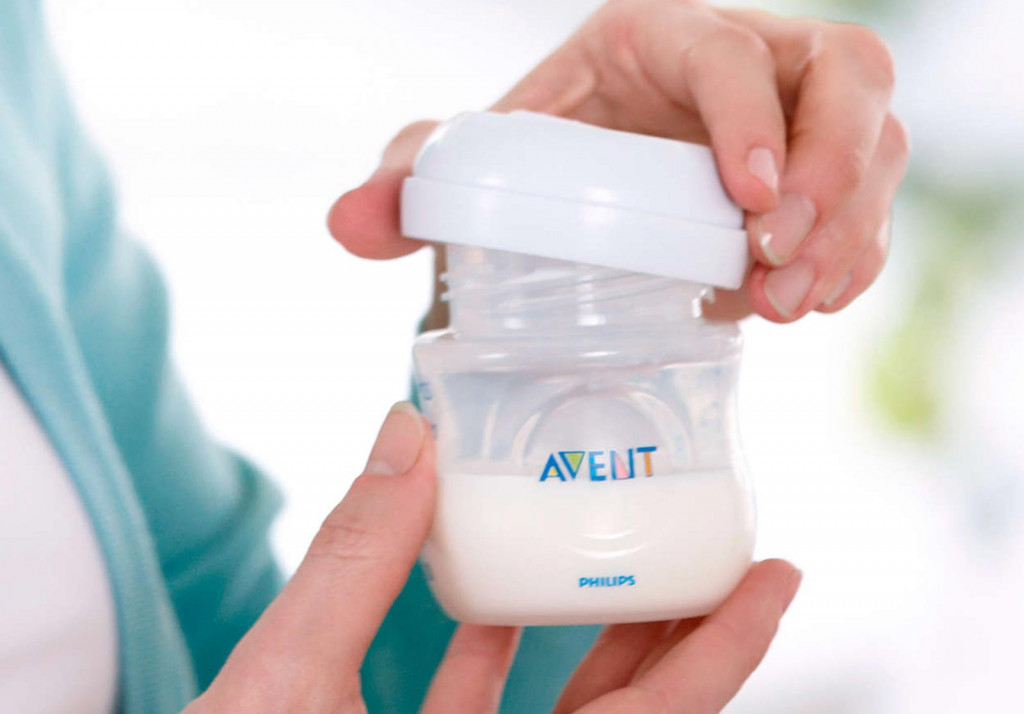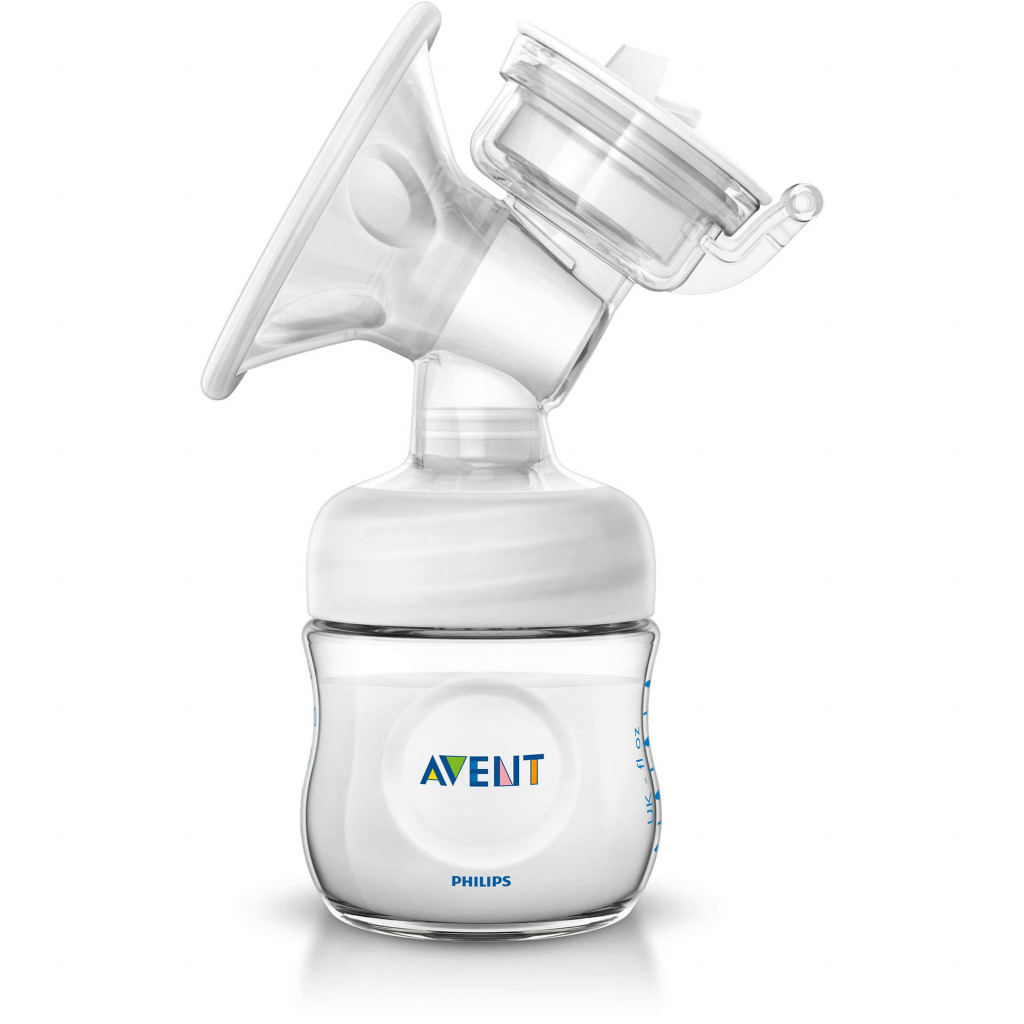Quick review
The good
The not-so-good
Before having children, you’ll look into breast pumps, because it’s normal for mums to want to feed their child naturally. However you feed them — breastmilk or formula — just make sure you do, but if you go down the breast, an electric pump is what you’ll want best, and the Philips Avent gets close.
When I look back at the past nine months, I’m amazed at the things I have done. My daughter is now nine months old, and in that time, I have learned a tremendous amount about myself, about what I can do.
I made a human, and I have brought a child into the world.
It might not seem like much, but it’s a big deal, and until you’ve actually done it, it’s difficult to explain the significance of such an event. It’s a seriously momentous occasion, and one that that reveals even more moments about one’s self.
At the time I was pregnant with Emma Stark, I didn’t know I would be able to provide nourishment and sustenance for my daughter. I had hoped it would happen, and my pre-natal and breast-feeding classes had only incensed and increased my desire to make it happen, but without the aid of technology, I’m not sure I could have helped push Emma past breast feeding and onto the bottle, where she now is.
What is it?
Everything is in the name, and Philips’ Avent Comfort Electric Single Breast Pump is exactly what it sounds like: it’s a pump for one breast to capture breastmilk for your bub.
The system is pretty easy to assemble, with a small light purple box that connects to a tube and to a bottle, with three settings to stimulate the nipple at different speeds.
Overall, the technology does what a manual pump does, but without you needing to exert the pressure and energy yourself, allowing you to just sit there and let it do its thing, and then allow you to do yours.
In our day and age, that’s a good thing, because it means no unintended stress from trying to get the best of your breast, letting a machine do the job you might normally have issues with.
How you use it
Assembly for this one is easy, and you simply need to connect the different parts to each other, and then attach a bottle, screwing it into place. Philips’ Avent bottles are all created equal, so while you get a 125ml bottle to start, if you find you need to upgrade and get more milk out for the little one as time goes on, if you buy a 250ml, you’ll find they fit as well.
And then you just use it, plugging yourself in using the funnel-like valve for your nipple, which works with the breast pump to stimulate and create the suction, drawing milk and sending it through to the bottle it’s plugged in on.
Initially it will take some time to fill, but after you get used to it, using the Avent Comfort becomes easy, and so does feeding your bubba’s needs.
As a point, this isn’t like some of the other more tech savvy breast pumps coming to market, like the Willow wearable breast pump, which is worn and does its thing. Rather, you’ll want to sit down, take some time, and let Philips’ pump do its thing for a few minutes.
But it is incredibly easy, and if you have a need to release to provide for your child, it absolutely helps with minimal fuss. You just have to remember to give the parts a clean. We found using a steriliser helps tremendously.
A case for mobility
One of the most interesting things about the Philips Avent Comfort Electric single breast pump is how mobile you can take it, and that’s something you don’t always see.
Experiencing breast pumps in the hospital, the very definition of “mobility” is one that is attached to a box, a stand, and some wheels, as if someone had suddenly said a ball vacuum cleaner is mobile, and you agreed only to get them out of there so you could do your thing and feed your child.
Philips’ approach is entirely different, however.
While there’s a plug to keep your little suction box powered and tethered, four AA batteries keep the pump going, and it’s enough to help you get out enough millilitres for a couple of small bottles, enough to satisfy your child for a few minutes, and to give yourself some time in between feeds.
Tell your partner to keep a few packets of AAs around, and all will be well, otherwise find a plug port and move the couch there. That’s what we did, and both worked a treat.
Was it worth it?
I’ve been asked before whether at $250, the Avent Electric was worth it, and I believe the answer is yes.
After researching the differences between manual and electric, and talking to other mothers about it, an electric made more sense, and it’s just a sign of the times. We rely on big, automated products to help us in our lives, and while you can still find manual hand-held breadt pumps, an electric is just so much easier.
After finding out the Willow wearable wasn’t available in Australia, finding an electric breast pump that talked nicely with a good assortment of easy-to-find bottles was the other big deal, and Philips had that nailed.
While the $250 price tag isn’t necessarily friendly, you can find the Philips Avent Electric Single for much less than that, so it’s not a huge issue. Really, my biggest quibble was more one for the industry, because some bottles are better for some babies, and every breast pump has a different screw head, meaning you can’t plug in a Nuk or a Tommee Tippee into the Avent, only the Philips bottles. From what we understand, that’s an industry wide issue, as every company sticks to its own, as opposed to adopting a standard across the world.
But once you can get around that, and you’re comfortable with the bottle types, going electric makes so much sense.
Final thoughts
Getting your child from breast to bottle is one of the more important lessons I’ve learned, as it not only opens you up to be able to do more, but it weens your child onto other forms of sustenance.
Our little Emma has made the jump from breast milk to water and formula, and as my supply begins to diminish, the learnings we have from the Philips Avent Breast Pump have helped allow our little bubba to move on, and take her first step towards being able to feed herself.
Dependency is just one part of the reason, because as good as teaching self-dependency is, using a bottle has helped our child become self-sufficient, as it helps her to self-settle.
Like all things, it’s a trial and process, and it’s one you have to keep up. Emma took to the bottle fairly quickly, but it has taken some time for it to be the thing that she chose, and it allowed us to bottle breast milk ahead of time, refrigerating or freezing to help feed when that hankering occurred.
Having a first child and being a complete newcomer to the world of babies, Philips’ Avent Electric Single Breast Pump actually helped keep my milk supply up. Even if I was having a bit of an off night, this managed to keep our baby fed and gaining weight, and gave a reprieve for my nipples, as well.
You merely need to persist, and your baby will be thankful you did. So will you, because you get more of your time back, and that means more time to gaze longingly at that little bundle of love. Electric pumps like the Philips Avent Comfort Single are a necessity for today’s mum, and one you won’t want to be without. I recommended it to my mother’s group, and I could not recommend it more.




